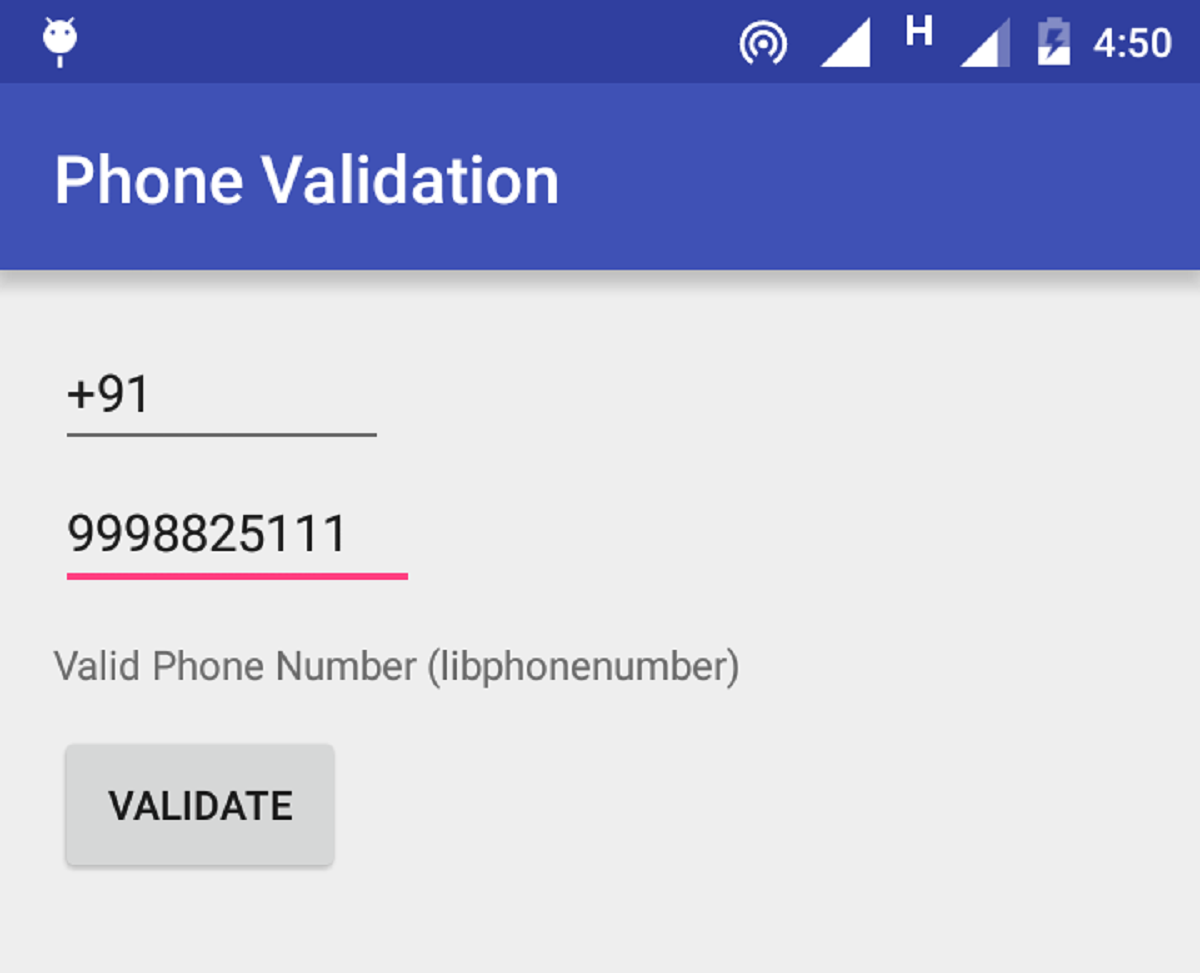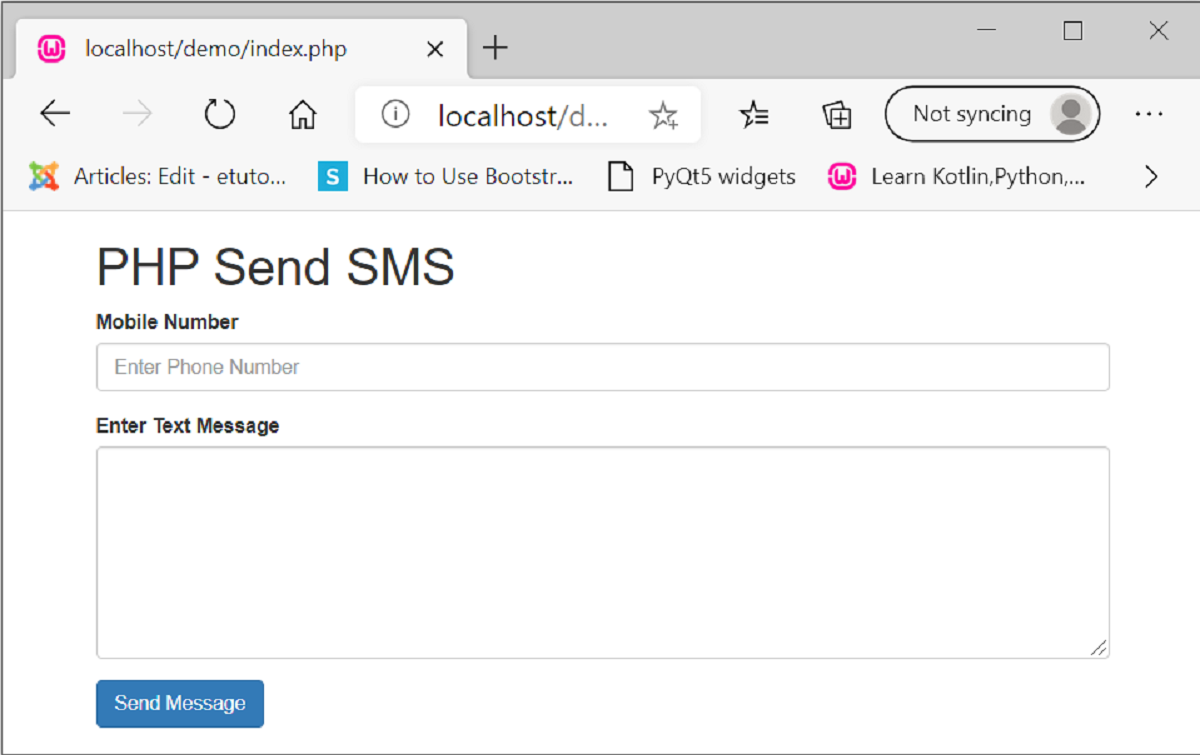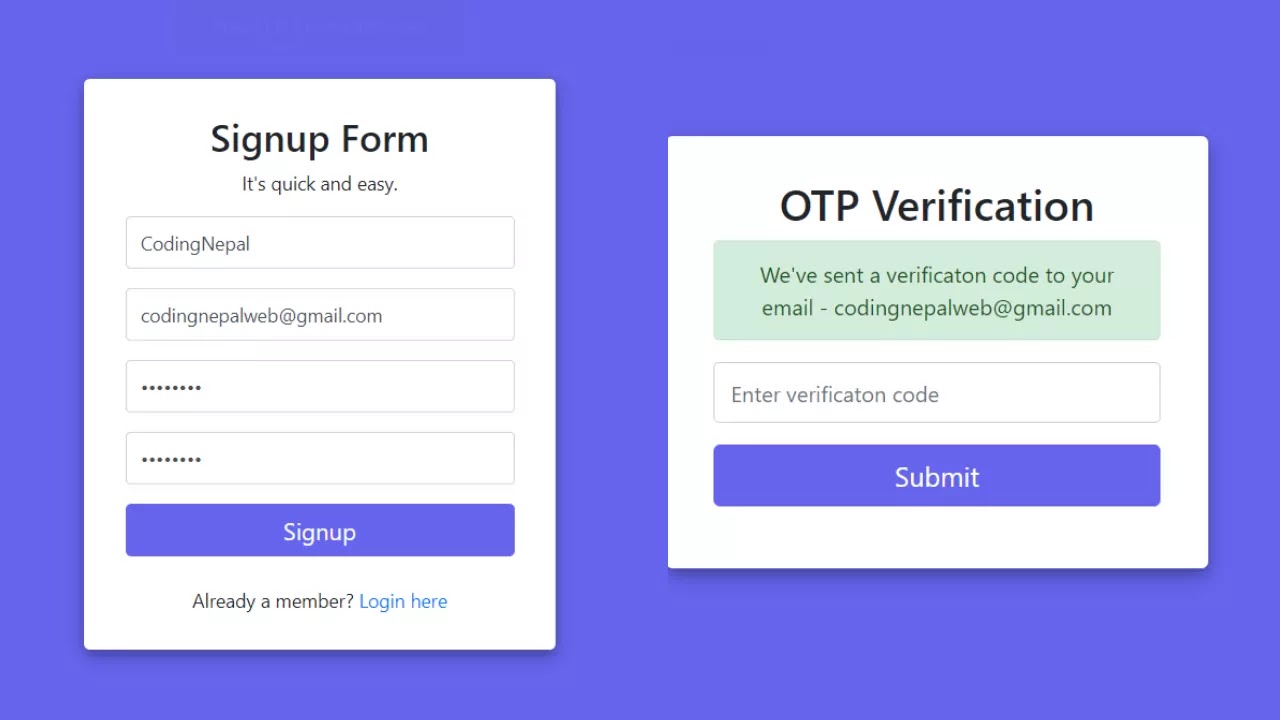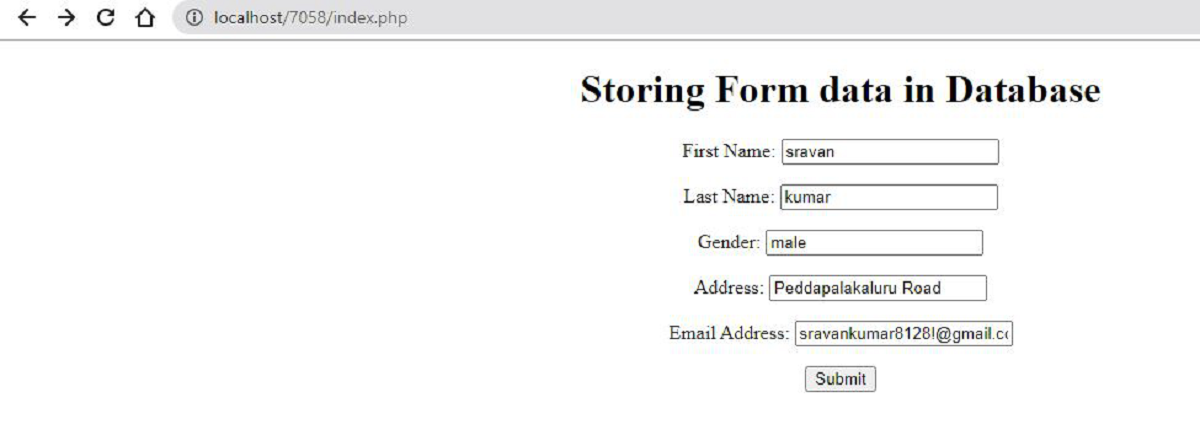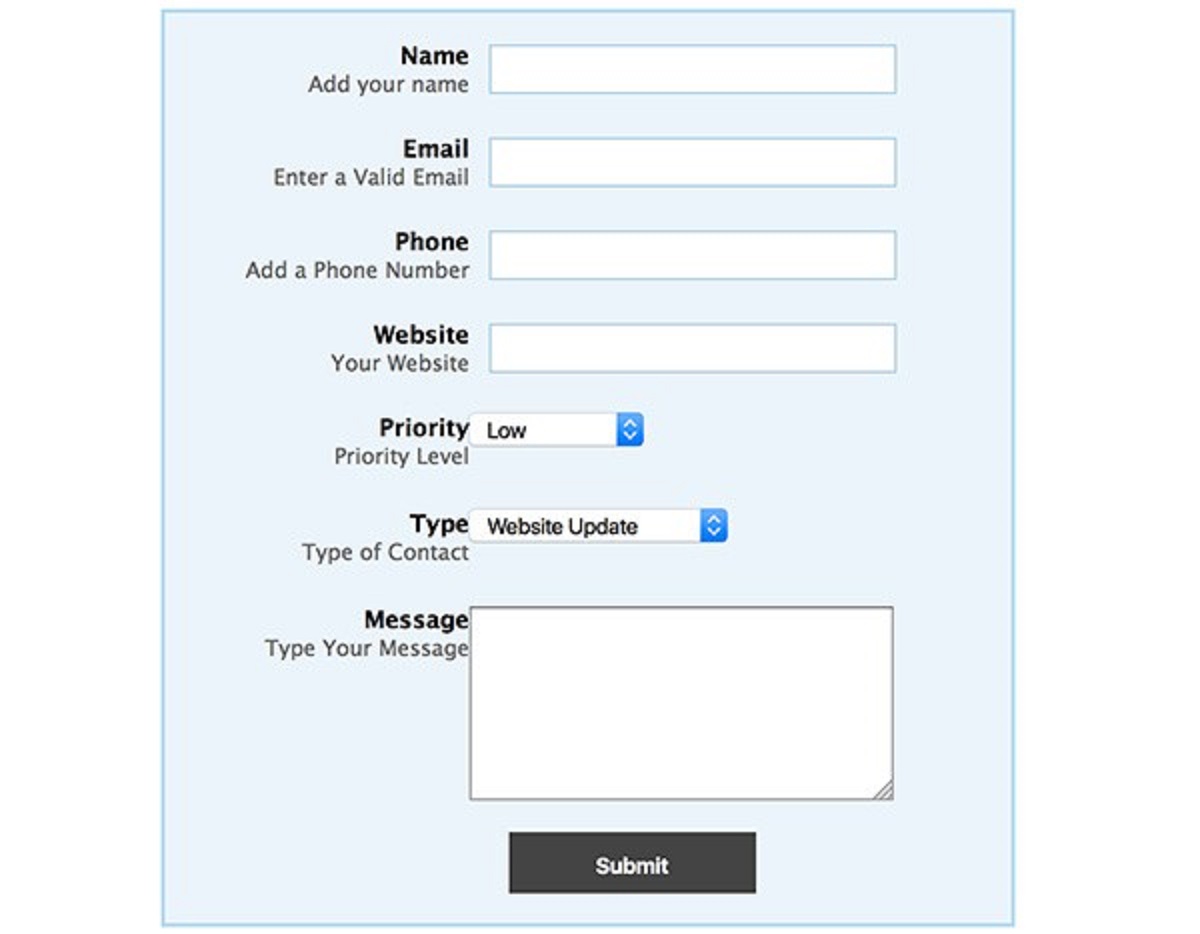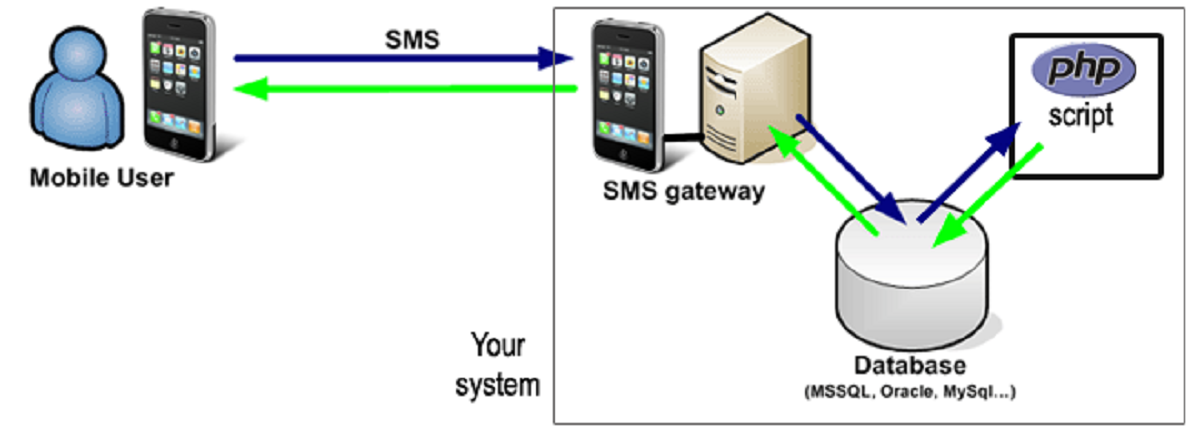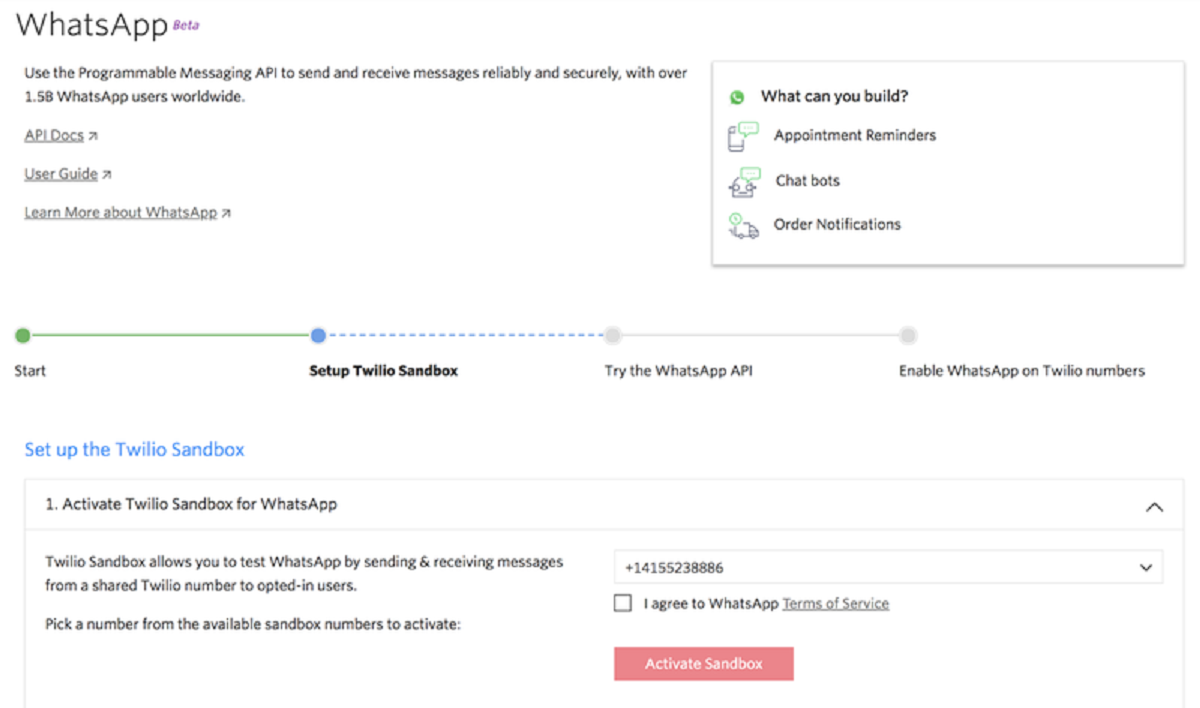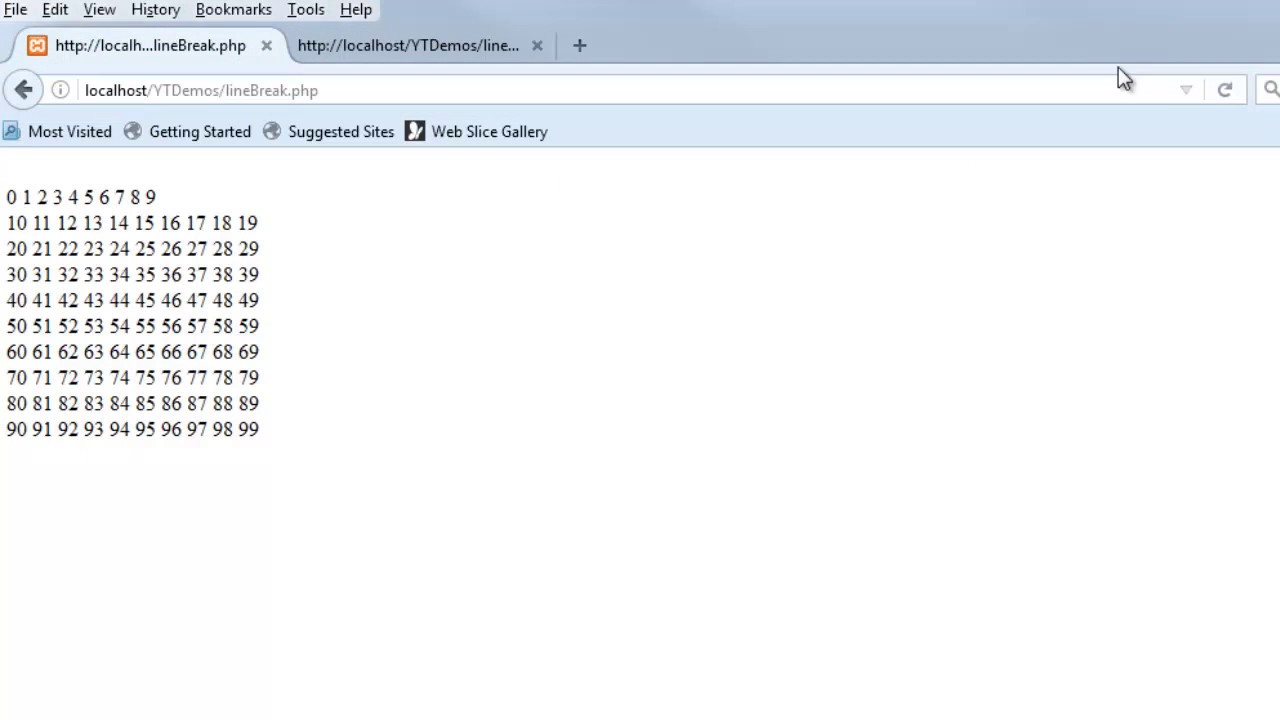Introduction
Validating a phone number is a crucial task in web development, especially when dealing with user input or processing data. It ensures that the phone number entered by the user is in the correct format and meets specific validation criteria.
In PHP, there are several methods to validate a phone number, each with its own advantages and considerations. This article will explore different approaches to validating phone numbers in PHP and discuss their pros and cons.
Before diving into the methods, it’s important to understand the common requirements for a valid phone number. In general, a valid phone number should consist of a country code, followed by the area code (optional in some cases), and the phone number itself. The format and length of the phone number may vary based on the country or region.
Validating phone numbers not only ensures data integrity but also enhances the user experience by providing prompt feedback on any errors. By implementing robust phone number validation, you can prevent invalid or malicious data from entering your system, improve data accuracy, and streamline business processes.
This article will cover four different methods of validating phone numbers in PHP. Each method has its own set of advantages and may be more suitable for certain scenarios. By understanding these methods, you will be equipped with the knowledge to choose the most appropriate approach for your specific requirements.
Now, let’s explore the various methods of validating phone numbers in PHP!
Method 1: Regular Expression
Regular expressions, or regex, are powerful tools for pattern matching and can be used to validate phone numbers in PHP. A regular expression is a sequence of characters that defines a search pattern, helping to determine if a given string matches that pattern.
When it comes to phone number validation, regular expressions allow for flexibility in matching different formats and handling variations. Here’s an example of a regular expression that can be used to validate a phone number in a specific format:
/^\+\d{1,3}-\d{3}-\d{3}-\d{4}$/
This regular expression enforces the following rules for a valid phone number:
- ^\+ – The phone number must start with a plus sign.
- \d{1,3} – The next 1 to 3 characters must be digits, representing the country code.
- – – The country code is followed by a hyphen.
- \d{3} – The next 3 characters are digits, representing the area code.
- – – The area code is followed by another hyphen.
- \d{3} – The next 3 characters are digits, representing the phone number prefix.
- – – The phone number prefix is followed by another hyphen.
- \d{4}$ – The last 4 characters are digits, representing the phone number suffix.
To implement phone number validation using regular expressions in PHP, you can utilize the preg_match function. It returns a boolean value indicating whether the pattern was found in the string or not. Here’s an example:
$phone_number = "+1-123-456-7890";
$pattern = "/^\+\d{1,3}-\d{3}-\d{3}-\d{4}$/";
if (preg_match($pattern, $phone_number)) {
echo "Valid phone number!";
} else {
echo "Invalid phone number!";
}Regular expressions provide flexibility and customization options for phone number validation. However, they can be complex to create and maintain, especially for handling various phone number formats across different countries. Therefore, this method works well if you have a specific format to validate and can handle its maintenance in the long run.
Method 2: Using Number formats
Another approach to validate phone numbers in PHP is by utilizing number formats. PHP provides built-in functions that can format and validate numbers based on specific formats and locales.
The NumberFormatter class in PHP allows you to format and validate numbers according to the rules defined by a specific locale. You can use this class to validate phone numbers by defining the expected format and applying it to the input.
Here’s an example of how to validate a phone number using the NumberFormatter class:
$phone_number = "+1-123-456-7890";
$formatter = new NumberFormatter("en_US", NumberFormatter::DEFAULT_STYLE);
if ($formatter->parse($phone_number, NumberFormatter::TYPE_INT64) !== false) {
echo "Valid phone number!";
} else {
echo "Invalid phone number!";
}In this example, the NumberFormatter is instantiated with the “en_US” locale, which represents the English language in the United States. The parse() method is then used to attempt to parse the phone number as an integer. If the parsing is successful, the phone number is considered valid; otherwise, it is considered invalid.
Using number formats for phone number validation provides the advantage of following the specific formatting rules dictated by a locale. This ensures that the phone number is not only valid but also correctly formatted according to the preferred conventions of a particular region.
However, it’s important to note that this method relies on predefined number formats for validation. If you need to validate phone numbers with different formats or from various regions, you may need to define multiple NumberFormatter instances or handle additional logic to accommodate the variations.
Overall, using number formats in PHP provides a convenient way to validate phone numbers while adhering to specific locale-based formatting rules.
Method 3: Validate with External Services
An alternative method to validate phone numbers in PHP is to utilize external services or APIs specifically designed for phone number validation. These services leverage extensive databases and algorithms to validate phone numbers and provide accurate results.
There are various third-party services available that offer phone number validation features. One such popular service is the Twilio Lookup API. Twilio provides a comprehensive API that allows you to validate and gather information about phone numbers.
Here’s an example of how to validate a phone number using the Twilio Lookup API:
$phone_number = "+1-123-456-7890";
$account_sid = "YOUR_ACCOUNT_SID";
$auth_token = "YOUR_AUTH_TOKEN";
$client = new Twilio\Rest\Client($account_sid, $auth_token);
$response = $client->lookups->v1->phoneNumbers($phone_number)
->fetch(array("type" => "carrier"));
if ($response->carrier->error_code === null) {
echo "Valid phone number!";
} else {
echo "Invalid phone number!";
}In this example, the Twilio Lookup API is used to fetch information about the phone number, including the carrier. If an error code is not present in the carrier information, it indicates that the phone number is valid.
By relying on external services, you can offload the responsibility of phone number validation to a reliable source. These services often provide additional features such as geolocation data, carrier information, and more.
However, it’s important to consider potential drawbacks when using external services. These services may have usage limits or require subscription plans for extensive usage. Additionally, relying on external services introduces a dependency on their availability and may introduce potential latency in your application.
Overall, utilizing external services for phone number validation can be a convenient option, especially if you require additional information or want to offload the validation process to a reliable and specialized service.
Method 4: Using a Third-Party Library
If you’re looking for a more flexible and customizable solution for phone number validation in PHP, using a third-party library is an excellent choice. There are several libraries available that provide comprehensive phone number validation capabilities.
One popular and widely-used library for phone number validation is libphonenumber. Developed by Google, libphonenumber is a powerful and feature-rich library that supports phone number parsing, formatting, and validation for various countries and regions.
Here’s an example of how to validate a phone number using the libphonenumber library:
$phone_number = "+1-123-456-7890";
$phone_util = \libphonenumber\PhoneNumberUtil::getInstance();
try {
$number_proto = $phone_util->parse($phone_number, null);
if ($phone_util->isValidNumber($number_proto)) {
echo "Valid phone number!";
} else {
echo "Invalid phone number!";
}
} catch (\libphonenumber\NumberParseException $e) {
echo "Invalid phone number format!";
}In this example, the libphonenumber library is used to parse and validate the phone number. The parse() method attempts to parse the phone number, and if successful, the isValidNumber() method is used to determine if it is a valid phone number.
Using a third-party library like libphonenumber provides flexibility and accuracy in phone number validation. It offers various options for handling different phone number formats and provides extensive validation rules based on country-specific guidelines.
However, it’s important to note that integrating and managing third-party libraries may require additional setup and maintenance. It’s crucial to stay updated with the library’s releases and security patches to ensure smooth and secure operation.
Overall, leveraging a third-party library like libphonenumber for phone number validation in PHP offers a robust and customizable solution, allowing you to handle different formats and adhere to specific validation rules.
Conclusion
Validating phone numbers in PHP is an essential task for ensuring data integrity and enhancing the user experience. By implementing proper phone number validation, you can prevent incorrect or malicious data from entering your system, improve data accuracy, and streamline business processes.
In this article, we explored four different methods for validating phone numbers in PHP. Each method offers its own advantages and considerations, allowing you to choose the most appropriate approach for your specific requirements.
The first method, using regular expressions, provides flexibility and customization options for validating phone numbers with specific formats. It allows you to define patterns and rules to match different variations, but it may require additional maintenance as phone number formats evolve.
The second method, using number formats with the NumberFormatter class, provides validation based on locale-specific rules. It ensures that phone numbers are not only valid but also formatted correctly according to regional conventions. However, it relies on predefined number formats and may require additional logic for handling variations.
The third method, utilizing external services such as the Twilio Lookup API, offloads the validation to specialized services. It provides accurate validation results and additional information like carrier details, but it introduces a dependency on third-party services and potential usage limits.
The fourth method, using a third-party library like libphonenumber, offers comprehensive and customizable validation capabilities. It supports parsing, formatting, and validation for various countries and regions, making it suitable for handling different phone number formats. However, integrating and managing third-party libraries may require additional setup and maintenance.
Ultimately, the choice of the validation method depends on your specific needs and preferences. It’s essential to consider factors such as the desired level of customization, the handling of different phone number formats, maintenance requirements, and dependencies on external services or libraries.
By utilizing these methods and implementing robust phone number validation in your PHP applications, you can ensure data accuracy, improve user experience, and maintain the integrity of your systems.







